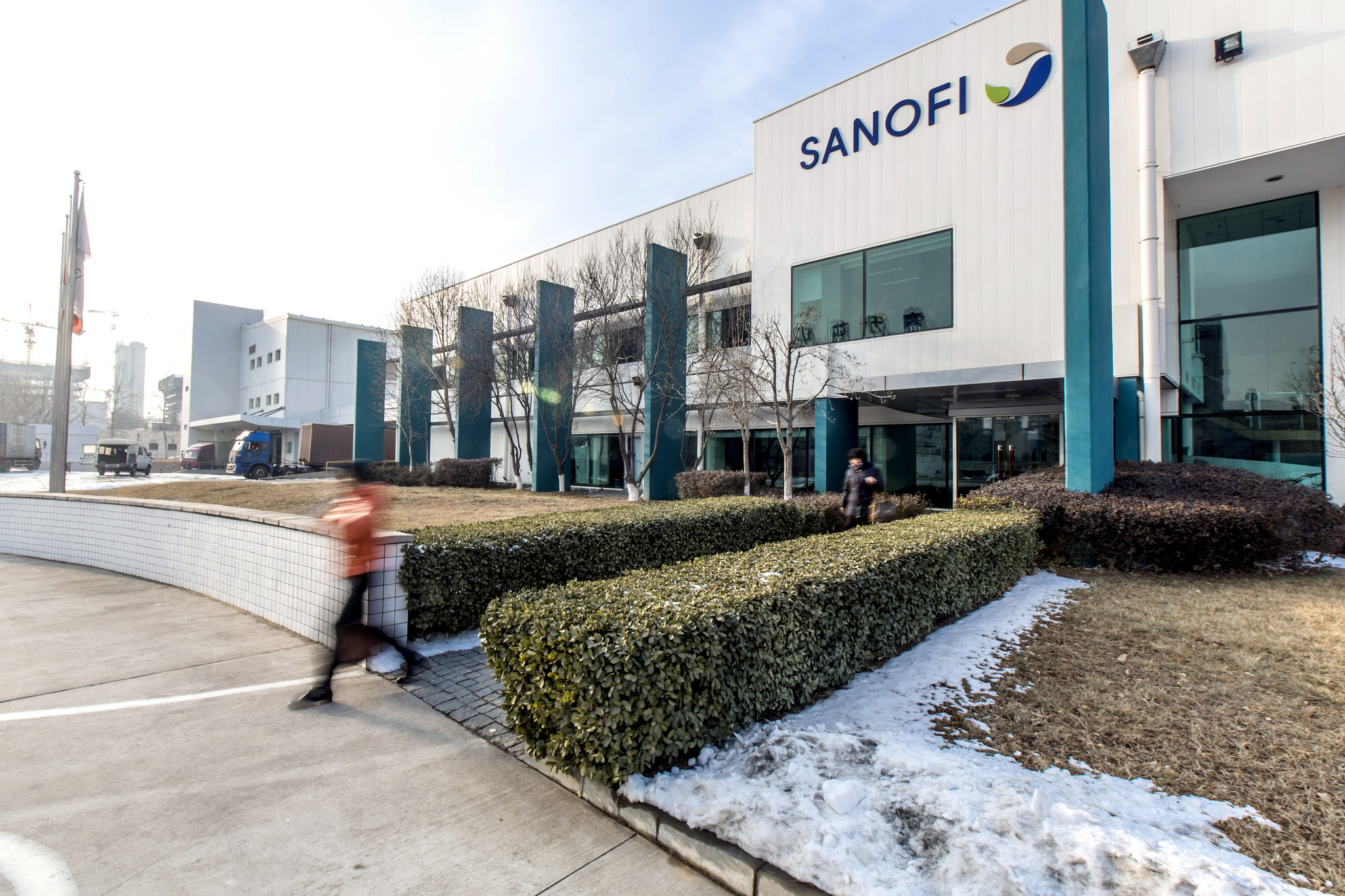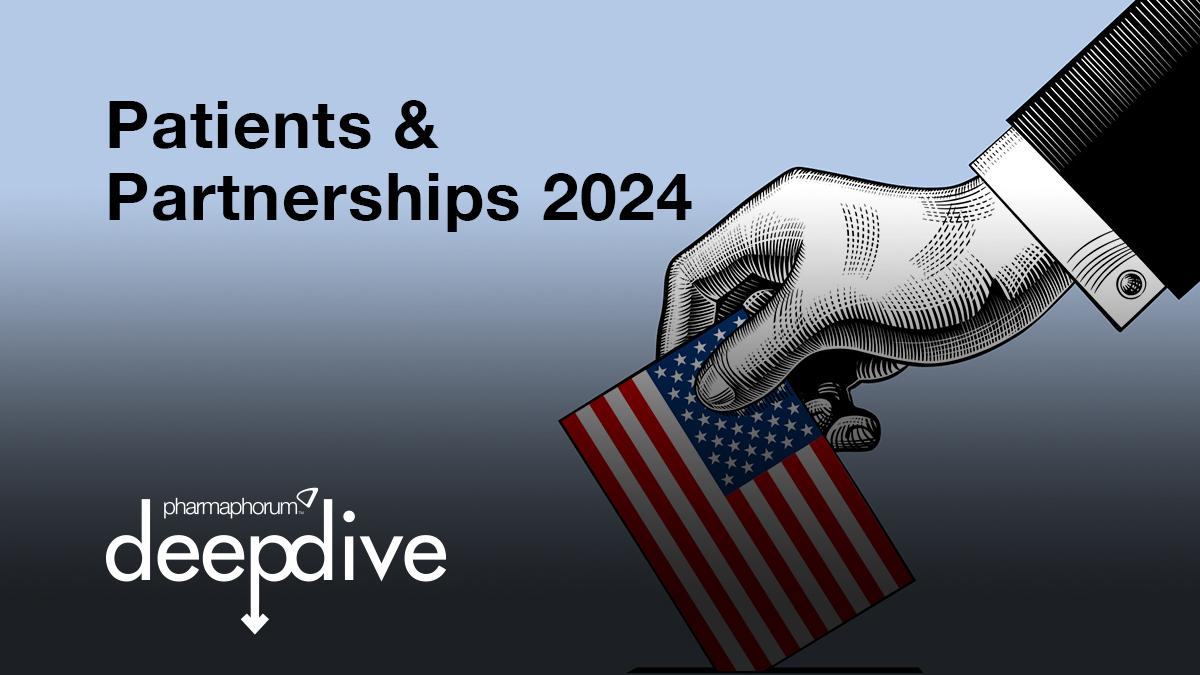A history of Sanofi

This month on pharmaphorum, we explore the history of French pharmaceutical company Sanofi, which was created through many partnerships and acquisitions over a period of 100 years.
Sanofi is one of the largest pharmaceutical companies in the world, with a rich history of innovation that dates back over 100 years. Its history includes some of the major scientific advances of the nineteenth and twentieth centuries, as well as a good reputation in the development areas of chemistry, pharmacy and medicine.
There are now over 110,000 employees working for Sanofi in over 100 countries, which includes the United Kingdom, United States, Canada, Germany, Russia, Spain, Australia, Argentina and China to name a few.
But Sanofi in 2013 isn’t exactly the same company as when it began all those years ago. Let’s take a look at the many mergers and acquisitions that led to the company we know today….
Where did Sanofi begin?
In the 18th Century, in the year 1718, Laboratoires Midy was founded by a family of pharmacists. This company then merged with fellow French company, Clin Byla, which became the Clin Midy group. Then, in 1980, the Clin Midy group was acquired by Sanofi (still not the same Sanofi as today though, bear with me).
Meanwhile, in 1834, another French company Laboratoires Dausse was founded with the aim of manufacturing plant extracts for the preparation of medications for pharmacies. In 1901, this company merged with Robert &, Carrière, which had a good reputation in the field of cardiovascular therapy. By 1970, the company had merged again to become Synthélabo. Three years later, health and beauty brand L’Oreal acquired a majority stake.
"Its history includes some of the major scientific advances of the nineteenth and twentieth centuries…"
On 18th May 1999, Sanofi and Synthélabo officially came together in Paris, France to form a new company: Sanofi-Synthélabo. Sanofi-Synthélabo is known for creating meningitis treatment, Menactra, diabetes treatment Lantus, colorectal cancer drug Eloxatin, and lung, prostate and breast cancer drug Taxorete.
While this was happening, back in 1863, a group of chemists, sales people and workers embarked on the manufacture of dyes, calling the company Hoechst, after the town Höchst in Germany where they were situated.
In 1860, the pharmacist Etienne Poulenc created Wittmann et Poulenc Jeune, passing down the company in time to his two sons. In 1950, the company synthesised the central nervous system treatment, chlorpromazine, which it later sold to GlaxoSmithKline who marketed the drug as Thorazine. In 1990, it merged with another company to form Rhône-Poulenc Rorer.
Hoechst and Rhône-Poulenc Rorer were the two companies that merged to form Aventis.
The last merger
Despite Sanofi-Synthélabo’s size, the company found itself forced to partner with larger pharmaceutical companies in order to continue successfully introducing new products in major markets such as the United States.
In 2004, Sanofi-Synthélabo offered a takeover bid worth €47.8 billion for Aventis. After a number of deliberations, over a period of three months, Aventis agreed to an offer of €54.5 billion from Sanofi-Synthélabo. Aside from these two companies, it’s been said that the French government also contributed to the acquisition by encouraging Sanofi-Synthélabo to increase its bid after hearing that Swiss pharmaceutical company Novartis was also in the running. The official deal was signed and finalised on 31st December 2004, valuing the company at over $65 billion. The company would, from then on, use the name Sanofi-Aventis.
This merger helped the two companies gain leverage in the market, taking advantage of synergies to cut costs and increase development. The newly merged company also formed a subsidiary known as Sanofi Pasteur, which is today one of the world’s largest producers of vaccinations for a variety of conditions, including tetanus, hepatitis A, hepatitis B, MMR, polio and most recently, influenza.
"This merger helped the two companies gain leverage in the market, taking advantage of synergies to cut costs and increase development."
Sanofi-Aventis has also partnered with and acquired many different companies over the years. The biggest acquisition to date was in April 2011 with biotech company, Genzyme, which began as a tiny start-up in Boston in 1981. Since its acquisition by Sanofi in 2011, Genzyme has kept its name and benefits from the reach and resources of the global pharma company, with “a shared commitment to improving the lives of patients”, according to its website. It is also committed to “discovering and delivering transformative therapies for patients with rare and special unmet medical needs, providing hope where there was none before.”
On 6 May 2011, Sanofi-Aventis simplified its name to Sanofi.
What is Sanofi’s focus today?
Today, Sanofi engages in the research and development, manufacturing and marketing of pharmaceutical products. These products are sold principally in the prescription market, but the company also develops over-the-counter medication as well.
Sanofi now covers seven major therapeutic areas:
• Cardiovascular system
• Central nervous system
• Diabetes
• Internal medicine
• Oncology
• Thrombosis
• Vaccines (through Sanofi Pasteur)
Sanofi’s CEO is Christopher A. Viehbacher, who has been in this position since 1st December 2008. Christopher is also a Sanofi board member and a member of the Strategy Committee. Since April 2011, he has also been the Chairman of Genzyme.
In 2011, net sales reached €33,389 million, +3.2% on a reported basis, +5.3% at constant exchange rates (CER) versus 2010. Sanofi has yet to announce its full-year 2012 earnings.
Some of Sanofi’s highest earnings have come from products such as type 1 and type 2 diabetes treatments Lantus (insulin analogue) and Lantus Solostar, as well as colorectal cancer drug Eloxatin (oxaliplatin) and multiple sclerosis drug Copaxone (glatiramer), developed in association with Teva Pharmaceuticals. All four of these products featured on the top 200 list of pharmaceutical products ranked by sales in US dollars for 2012.
The company has stepped up to the mark in terms of social media. Sanofi’s primary global social media tool is its YouTube channel, Sanofi TV. Sanofi’s history of using video dates back to 2009, when the company launched a dedicated website called Sanofi-Aventis TV, making the company one of the leading pioneers of this platform.
Sanofi’s vision for the future
While none of us can predict what’s going to happen in a hundred years, let alone next year, Corporate Social Responsibility is at the heart of Sanofi’s development strategy, because it believes the company’s long-term sustainability depends on it. This approach places the patient at the heart of the company’s business conduct and is based on four key areas: patient, people, ethics and planet.
What we do know, is that Sanofi has begun 2013 on a positive note. Dr Elias Zerhouni, Sanofi’s R&D President, recently announced that there are 65 new molecular entity projects and vaccine candidates already in clinical development. Of this 65, 17 are already in phase 3 clinical trials or have been submitted to the health authorities for approval.
“Sanofi has made significant progress in the transformation of its R&D over the last couple of years, including advances in late stage projects and early stage pipeline as well as talent recruitment," says Dr. Elias Zerhouni, President, Global Research and Development, Sanofi.
"We feel we have the ingredients to ensure R&D contributes to Sanofi’s goal of sustainable growth in the coming years while rigorously managing R&D costs.”











